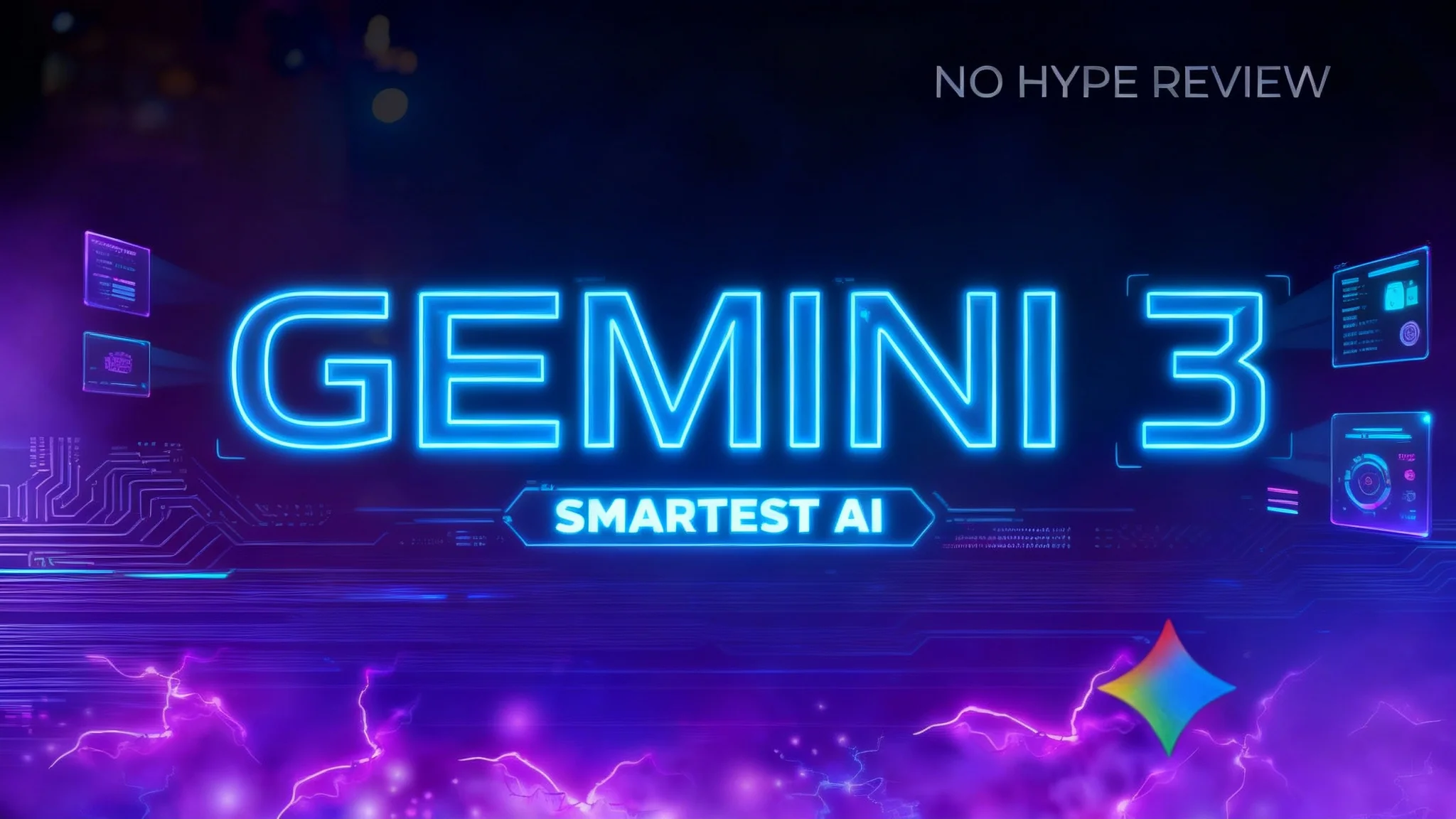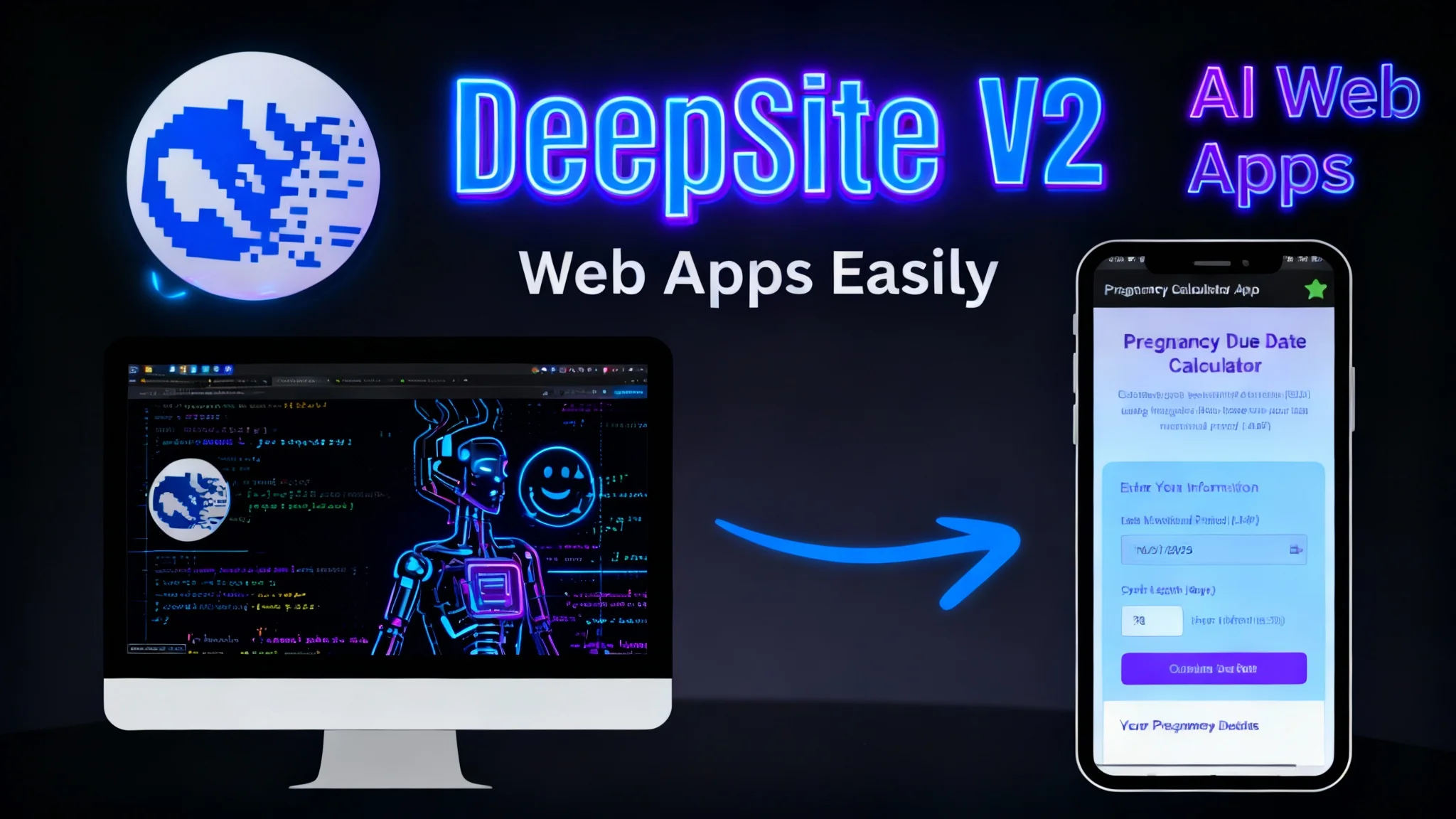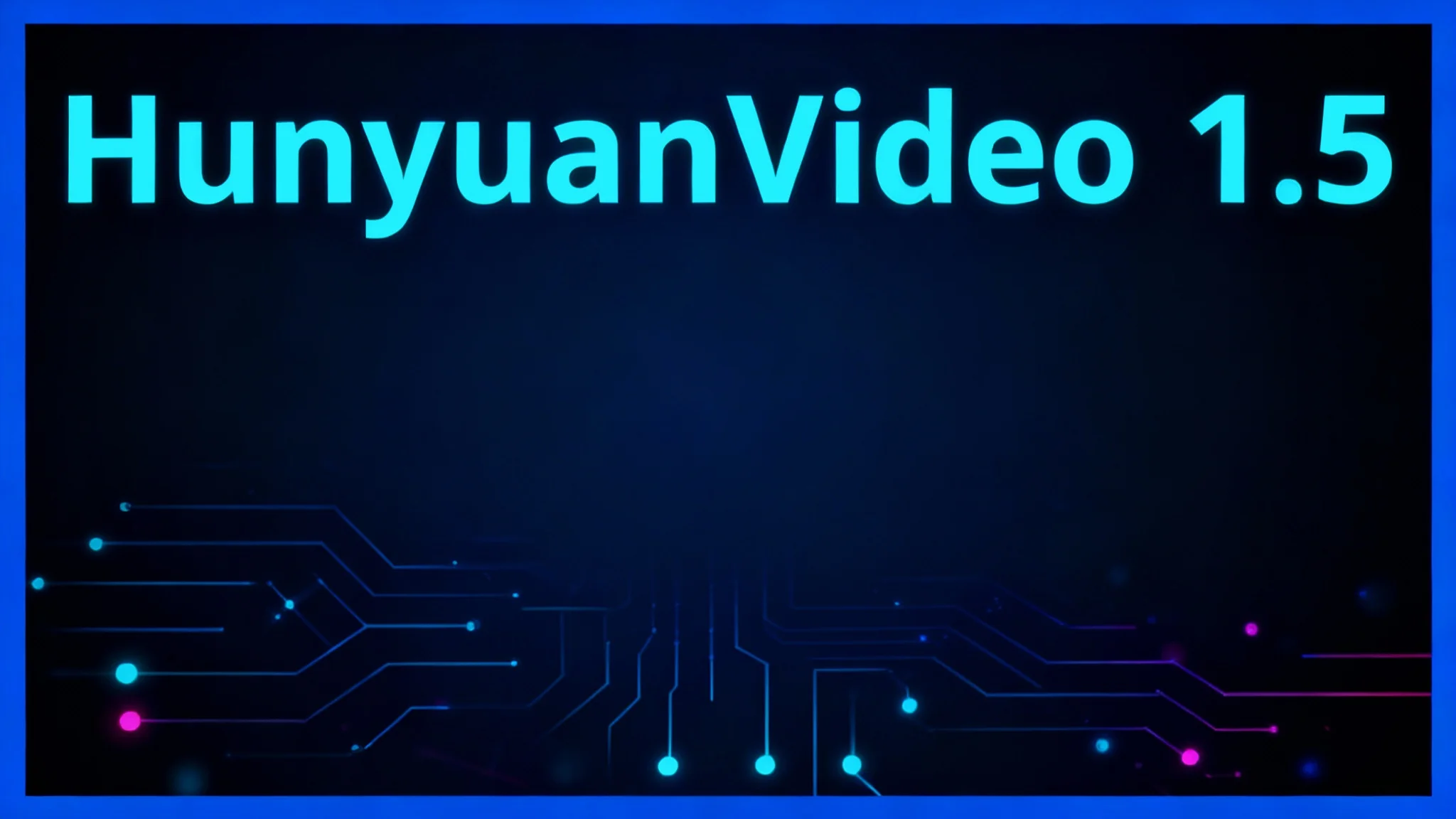Google Gemini 3 Review: Smartest AI Model Yet

Table Of Content
- Introduction
- What Is the Gemini 3?
- Gemini 3 Overview
- Key Features of Gemini 3
- How to Access Gemini 3 Pro (“Thinking” Mode)
- Hands-On Evaluation
- Code Generation Test 1: p5.js Animated Soccer Player
- Prompt and Scope
- How It Solved It
- Output Quality and Controls
- Issue and Fix
- Verdict
- Code Generation Test 2: 3D Rubik’s Cube
- Prompt and Scope
- Results
- Second Attempt
- Verdict
- Multimodal Analysis: Video Feedback
- What I Uploaded
- Findings
- Checklist Provided
- Audio Understanding: Persuasion, Not Transcription
- What I Tested
- What It Got Right
- Limitation
- Multilingual Translation and Cultural Notes
- Task
- Organization of Output
- Quality Observations
- Performance Observations
- Speed and Responsiveness
- Prompt Scoping and Reasoning
- Multimodality
- Multilingual Capability
- Areas to Improve
- Strengths and Limitations
- Practical Takeaways
- Final Verdict
Introduction
AI development has slowed in recent weeks, with only minor updates from major players. That lull built real anticipation for Gemini 3, Google’s newest flagship model. Benchmarks circulating online suggest strong performance.
I don’t judge models by charts alone. I put them into practical tasks, push them with real prompts, and see what holds up. Here’s a direct, no-nonsense review of Gemini 3 based on hands-on use.
What Is the Gemini 3?
Gemini 3 Google’s most intelligent model to date. It introduces generative interfaces aimed at producing well-structured responses and offers a Gemini Agent designed to execute complex tasks on your behalf.

Access is straightforward:
- Through the Gemini web app with “Thinking” enabled for Gemini 3 Pro.
- Through Google AI Studio.
- Through the API.
Benchmarks matter, but production behavior matters more. I tested its speed, reasoning, code generation, multimodal understanding, and multilingual capabilities using realistic prompts.
Gemini 3 Overview
| Aspect | Summary |
|---|---|
| Model | Gemini 3 (Pro variant with “Thinking” mode) |
| Launch Context | High anticipation after a quiet period in AI releases |
| Core Focus | Intelligent reasoning, coherent outputs, agentic task execution |
| Interfaces | Generative responses with structured formatting |
| Agent | Gemini Agent for executing complex tasks |
| Access | Gemini app (Thinking mode), Google AI Studio, API |
| Strengths (Observed) | Improved code generation speed, strong reasoning, prompt scoping, useful video feedback, broad multilingual range with cultural notes |
| Limitations (Observed) | Struggles with complex reassembly logic, not a full audio transcription engine, sometimes thinks longer than needed on simple tasks |
| Best Fit Scenarios | Code generation with constraints, structured feedback on media, multilingual translation with context |
| Risk Areas | Complex interactive physics/3D logic, precise audio transcription, overthinking simple tasks |
Key Features of Gemini 3
- High-level reasoning that breaks prompts into parts and stays within scope.
- Generative interfaces for structured, clean responses.
- Gemini Agent aimed at executing multi-step tasks.
- “Thinking” mode for stepwise planning before generating outputs.
- Strong code synthesis, including interactive graphics and 3D.
- Multimodal analysis: video and audio insights.
- Multilingual translation with regional organization and cultural notes.
- Meaningful improvements in speed and adherence to prompt constraints.
How to Access Gemini 3 Pro (“Thinking” Mode)
Follow these steps to enable the version used in this review:
- Go to gemini.google.com.
- Open the model selector dropdown.
- Choose “Thinking” to access Gemini 3 Pro.
Additional access points:
- Google AI Studio for development and experimentation.
- The API for integrating Gemini 3 into applications.
Hands-On Evaluation
Code Generation Test 1: p5.js Animated Soccer Player
Prompt and Scope
I asked Gemini 3 Pro to generate a self-contained HTML file using p5.js. The goal was a colorful animated cartoon soccer player dribbling and shooting a ball on grass, with controls and constraints to make movement smooth and realistic. The prompt included detailed requirements for animation, controls, and physics-like behaviors.
How It Solved It
The model broke the task into elements scene setup, character drawing, ball movement, interaction rules, and refinement of motion. It then generated complete, runnable code. The output appeared quickly, with a noticeable improvement in speed over earlier Gemini versions.
Output Quality and Controls
- Arrow keys moved the player.
- Spacebar and mouse input were designed for kicking.
- “R” reset the scene.
- The ball rotated and responded to player input.
The model’s description highlighted a proximity condition for kicking: the player must be within 50 pixels of the ball.
Issue and Fix
At first, it seemed like mouse and spacebar input weren’t working. The model explained that the kick only triggers within a 50-pixel threshold. Testing confirmed this. Once within range, kicks registered and behaved as described, including kicking toward the mouse cursor. The interaction and motion felt coherent enough to be useful.
Verdict
For a complex interactive sketch in p5.js, Gemini 3 performed well. It scoped the task correctly, produced runnable code, and provided accurate notes about interaction conditions. The speed improvement and adherence to prompt constraints were clear.
Code Generation Test 2: 3D Rubik’s Cube
Prompt and Scope
I then requested a 3D Rubik’s cube that could split apart and reassemble. The prompt included:
- Explode and mix buttons to scatter and shuffle the pieces in midair.
- A “magnetic solve” button to pull pieces back together into a solved state.
Results
The model produced interactive 3D code quickly. Rotation felt natural via mouse interaction. The “explode and mix” behavior worked well: pieces scattered and shuffled in space. However, “magnetic solve” did not function correctly on the first try, failing to reliably recombine the pieces into a solved configuration.
Second Attempt
I reported the issue and asked for a fix. The model regenerated the code and claimed to have corrected the logic. “Explode and mix” remained solid, but “magnetic solve” still failed to reassemble the cube as intended.
Verdict
Partial success. The cube rendered and interacted well, and the explode/mix logic behaved as expected. Reassembly (“magnetic solve”) fell short, even after a second pass. This highlights a current weak spot: complex reassembly and state correction in interactive 3D.
Multimodal Analysis: Video Feedback
What I Uploaded
I uploaded a short, 30-second talking-head video and asked for suggestions to improve it for a podcast context. The lighting in the clip was uneven and not ideal.
Findings
Gemini 3 offered focused feedback:
- It prioritized audio quality for a podcast context, noting that sound is critical.
- It identified side lighting as a problem and recommended improvements.
- It addressed camera angle and on-camera presentation.
The model also gave practical lighting guidance, such as repositioning lights or adjusting the setup if moving the desk wasn’t possible.
Checklist Provided
The output included a concise assembly checklist for a quick setup:
- Correct the lighting balance (avoid strong side lighting).
- Adjust camera placement and angle for a more direct, engaging frame.
- Ensure clear audio capture suitable for podcast use.
The advice was practical, specific, and relevant to the content of the clip.
Audio Understanding: Persuasion, Not Transcription
What I Tested
I provided a short audio sample and asked:
- What is the speaker saying?
- Does the tone persuade listeners to act?
What It Got Right
The model evaluated the persuasive impact of the audio in context. It described the tone as a primer that builds interest and intent, highlighting how it can generate curiosity and momentum toward action.
Limitation
It did not function as a transcription engine. It captured only a brief phrase rather than the full sentence and inferred tone more than content. This distinction matters: expect vibe analysis and persuasion assessment, not full verbatim transcription.
Multilingual Translation and Cultural Notes
Task
I asked Gemini 3 to translate “Spend less than what you earn. Save and invest the difference.” into a wide range of world languages, including some fictional systems and runic script, with cultural annotations.
Organization of Output
The model grouped translations by region and language families:
- East and Southeast Asian languages
- South Asian languages
- Romance, Germanic, and Slavic languages
- Middle Eastern languages
- Additional sets including runic script and fictional languages
It then added cultural notes reflecting financial norms, idioms, and framing variations across regions.
Quality Observations
The translations read well in languages I know. The regional organization made scanning easy. The cultural notes felt thoughtful, aligning the phrase with local expressions and attitudes toward saving and investing. It’s a strong showing of breadth and practical nuance.
Performance Observations
Speed and Responsiveness
- Code generation felt faster compared to earlier Gemini experiences, especially under “Thinking” mode.
- The model produced self-contained code in one pass and handled refinements without stalling.
Prompt Scoping and Reasoning
- It divided complex prompts into manageable parts and stayed within the specified scope.
- Reasoning lines were evident in the way it ordered tasks and documented assumptions (for example, proximity-based kicking logic).
Multimodality
- Video feedback was practical and targeted. It identified lighting issues and suggested workable adjustments.
- Audio analysis focused on tone and persuasion more than transcription, which aligns with the behavior observed.
Multilingual Capability
- Organized translations by region and language family.
- Added cultural context that matched common financial advice frameworks.
Areas to Improve
- Complex reassembly logic (e.g., “magnetic solve” for a 3D cube) remains inconsistent.
- It sometimes reflects, thinks, or plans longer than necessary for straightforward tasks.
- It’s not a drop-in replacement for precise audio transcription.
Strengths and Limitations
| Category | Strengths | Limitations |
|---|---|---|
| Code Generation | Fast, coherent, self-contained outputs; good adherence to prompt constraints | Complex 3D reassembly logic can fail even after re-tries |
| Reasoning | Breaks tasks into parts; stays within scope | May overthink simple tasks |
| Multimodality | Useful, actionable video feedback; practical checklists | Audio analysis focuses on tone over full transcription |
| Multilingual | Wide coverage; organized by region; cultural notes included | None observed in this test set |
| Interface | Generative responses are structured and informative | N/A in this review |
| Agent | Advertised for complex tasks | Not directly evaluated beyond model planning behavior |
Practical Takeaways
- Use “Thinking” mode for structured planning and improved code outputs.
- Expect strong results on interactive 2D/graphics tasks with clear constraints.
- For intricate 3D logic that requires precise reassembly, be ready to iterate.
- Rely on it for video setup advice, especially lighting, camera angle, and basic audio considerations.
- Use it for multilingual tasks that benefit from organization and cultural framing.
- Don’t expect full audio transcription; use it to assess tone and persuasion instead.
- For simple tasks, consider shorter prompts to avoid unnecessary thinking overhead.
Final Verdict
Gemini 3 is a meaningful step forward from Google. In my tests, it showed stronger reasoning, quicker code generation, better prompt scoping, and practical multimodal feedback. The translation work, organized by region with cultural notes, stood out for clarity and usefulness.
It’s not flawless. Complex reassembly and state correction in 3D remained a challenge, and it’s not built for full audio transcription. Benchmarks suggest strong performance, and real-world use here supports that within limits. The model is genuinely capable across a broad range of tasks, but there is still room to grow, especially on the most complex interactive logic.
Related Posts

Marble by World Labs: AI That Builds 3D Worlds from Anything
Explore how Marble’s multimodal AI turns text, images, and video into persistent, high-fidelity 3D environments—showcasing next-gen spatial intelligence.

DeepSite V2 Explained: Build AI Web Apps on Hugging Face
Discover DeepSite (aka DeepSight) V2 on Hugging Face Spaces: HTML left, live preview right, whale logo and m ready to work prompt—build AI web apps fast.

What is HunyuanVideo 1.5 Text-to-Video?
Step-by-step guide to install HunyuanVideo 1.5 locally and generate text-to-video clips. Lightweight model runs on ~14GB VRAM. Tips, prompts, and demo outputs.
